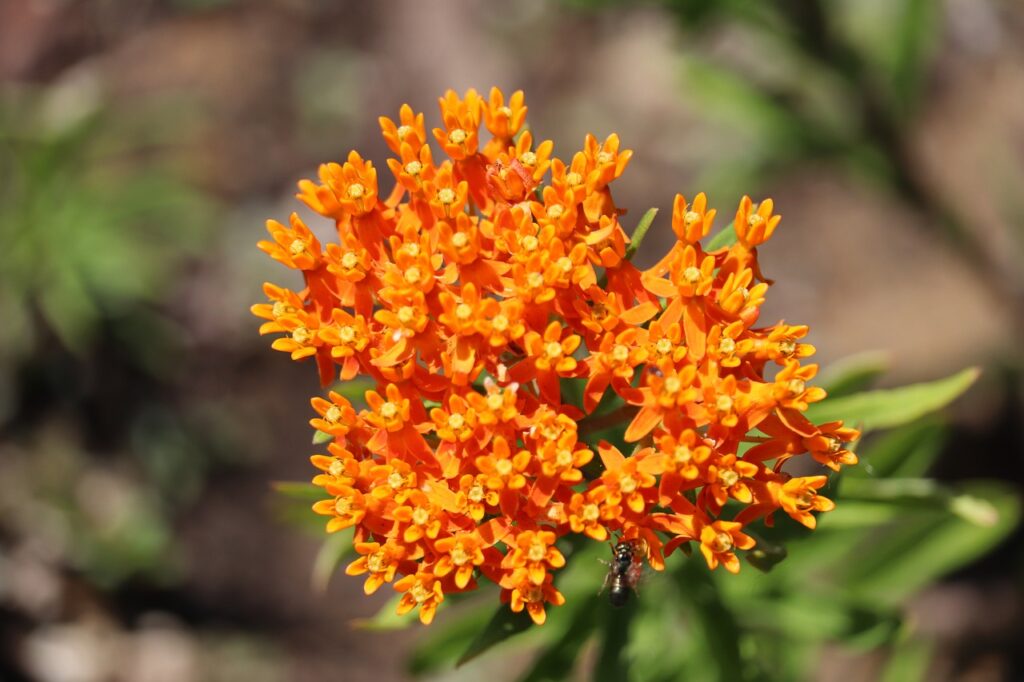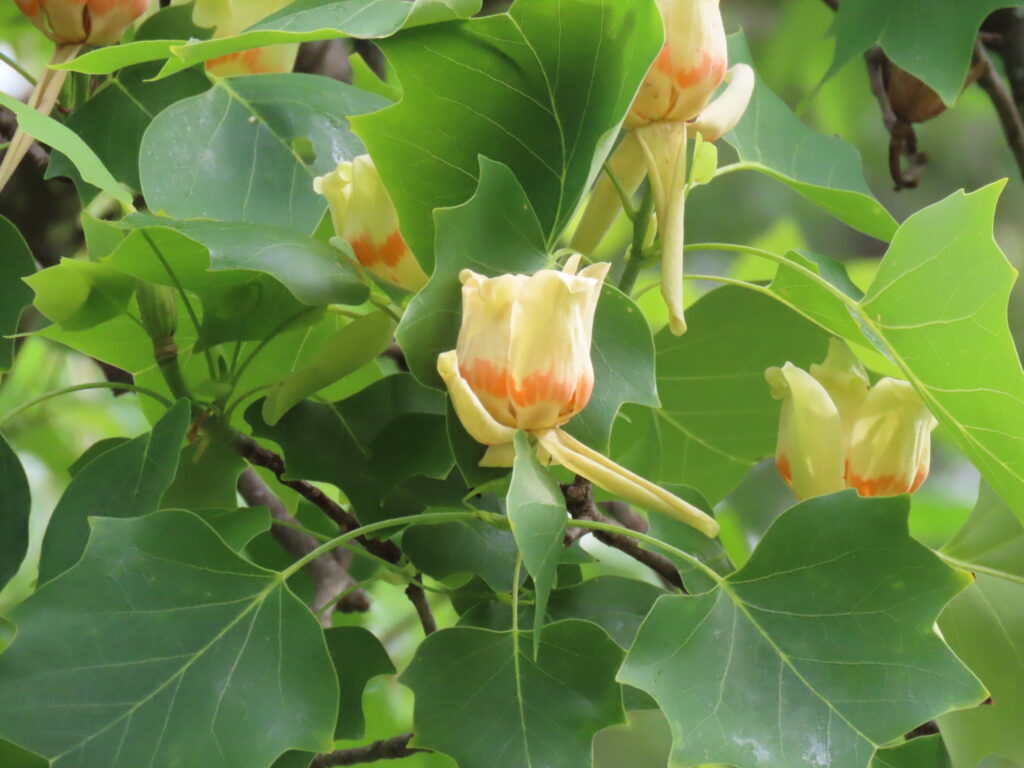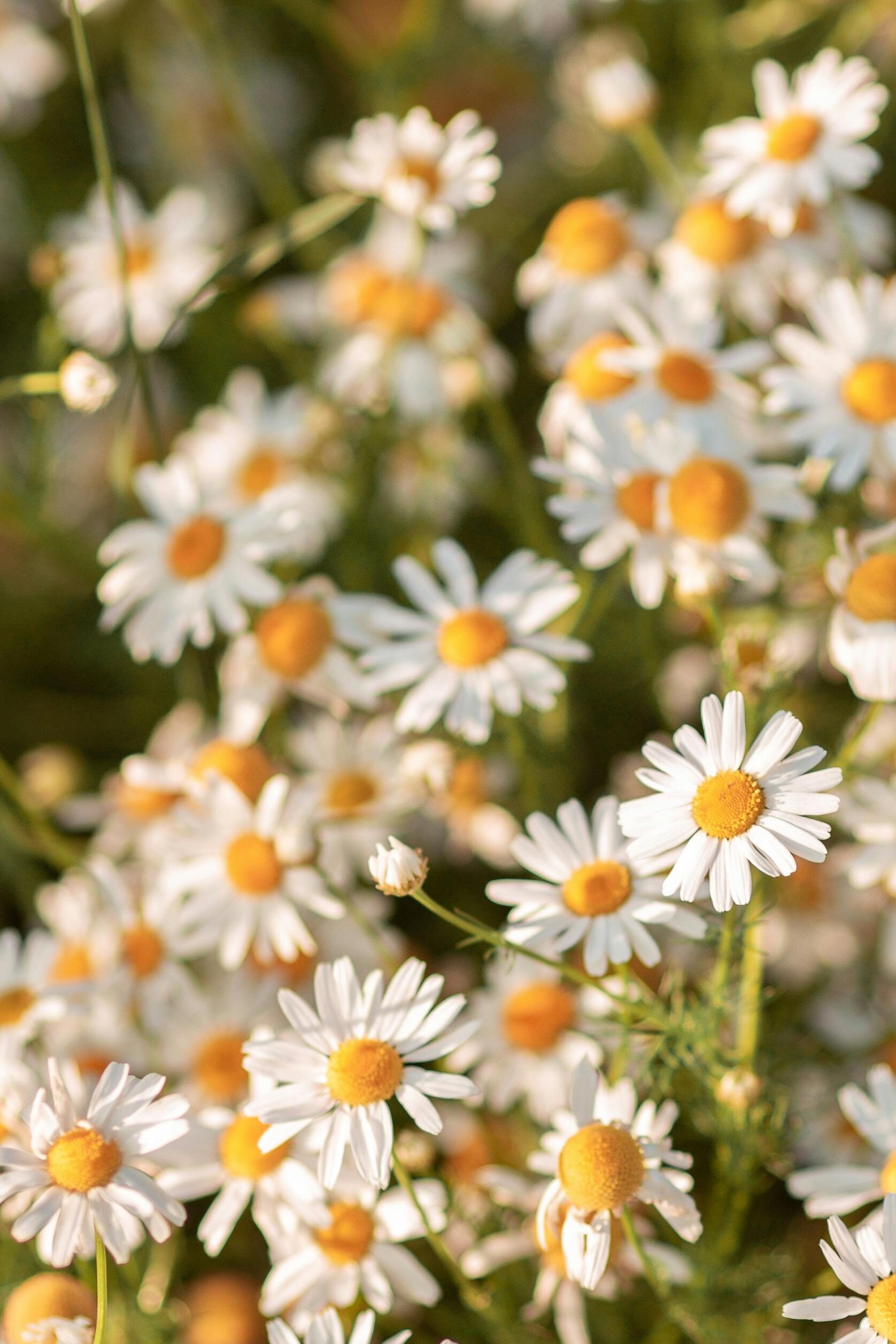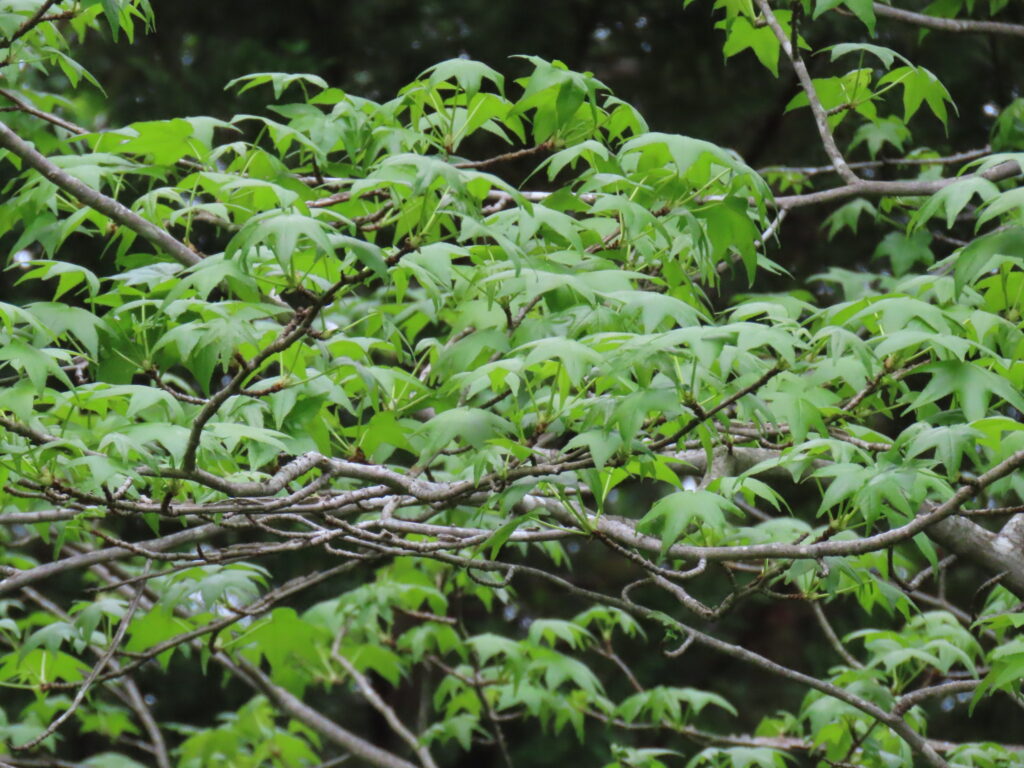Hobblebush (Viburnum lantanoides syn. Viburnum alnifolium) is the most common viburnum around Haliburton, Ontario. It’s easy to find along roadsides and in thickets on the edges of woods. Like some of our other shrubs, you may find it nonblooming in the understory. Sometimes called moosewood, it’s not to be confused with striped maple.
Like other bush cranberries, the berries are edible. As per medicinal uses, hobblebush is one of the least used with cramp bark AKA highbush cranberry being the most utilized medicinally (of species in our area).
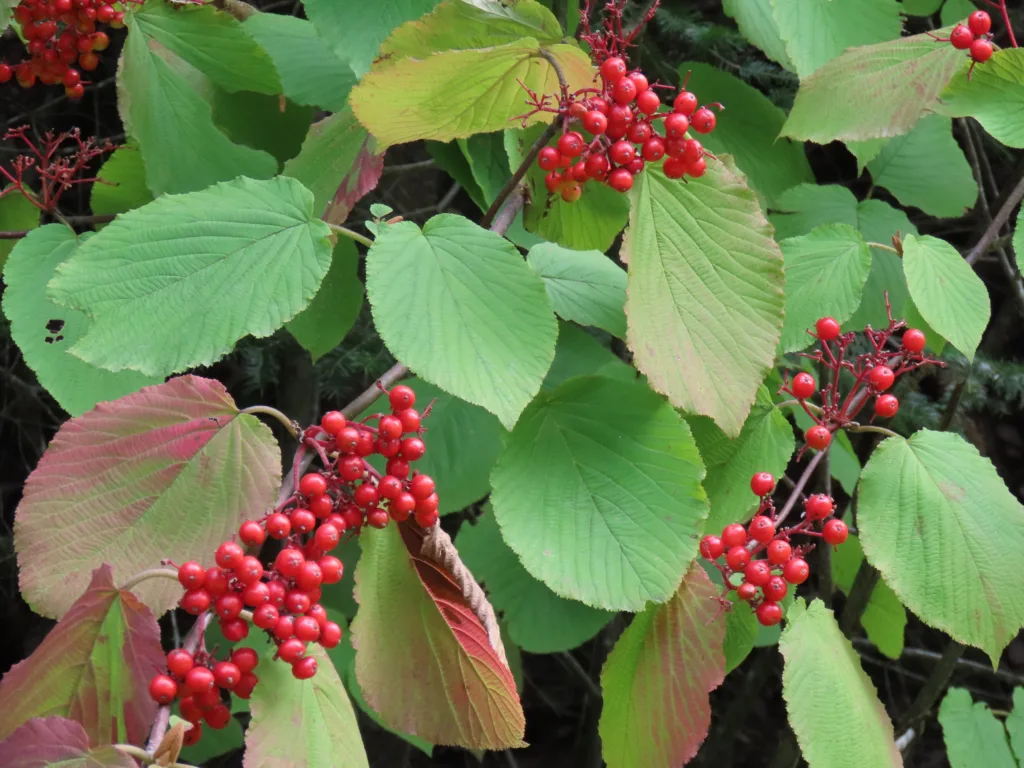
Edible Uses of Hobblebush
Like our other bush cranberries, hobblebush berries are edible raw or cooked. They ripen in the fall to a bright red like highbush cranberry. There are usually many berries and they don’t all ripen at once. Hobblebush berries are softer and juicier than some of our other species, but not the largest of the bunch (here that’s nannyberry).

Growing Viburnum Lantanoides
Hobblebush is a bush cranberry on the medium sized side. (Nannyberry for instance can be more of a tree.) Hobblebush stays more of a shrub and works best as a thicket. Its foliage is sparser. But it’s beautiful. It looks very unique in the spring with a golden hue while the leaves unfurl. The flowers are interesting too, with showier sterile flowers on the edge and tinier fertile flowers in the center.
Pollinators like bees and butterflies will visit, quite a few hosting their larvae on this species including azure butterflies. And plenty of birds and animals will feed on the fruit and leaves. It’s also great cover for birds, and of a particular interest to black-throated blue warblers for nesting.
WARNINGS
And the Usual Cautions:
1) Most medicinal herbs, if edible, are meant to be eaten in moderation, even sparingly. Some require extra preparation. Tannins are toxic if consumed in excess. Before taking any new supplements, you should consult with a healthcare professional.
2) A vast amount of these herbs are diuretic. (See the Medicinal tags above to check if this featured herb is one of them!) Diuretics are generally safe, but they can be risky for people with other medical conditions or who take certain medications. Please consult your doctor if you have any health conditions.
3) People can be allergic or sensitive to nearly any plant; try new herbs one at a time at your own risk. For instance, saponins commonly cause stomach upset.
4) For serious medicinal use, I must recommend receiving a diagnosis and working with a reputed health care provider. I generally do not post specific treatments and dosages because I think that is best between you and your health care provider, and ideally monitored.
5) Anyone pregnant, nursing, or taking prescription drugs should talk to a health care professional before adding new food items to their diet.
6) Many plants have look-a-likes, and sometimes they are poisonous.
#ads in References
As an Amazon Associate I earn from qualifying purchases. Every book I reference that is available on Amazon is linked to with an associates link.
Disclaimer for Song of the Woods
If you require any more information or have any questions about our site’s disclaimer, please feel free to contact us by email at rachel@songofthewoods.com.
Disclaimers for Song of the Woods
All the information on this website – https://www.songofthewoods.com/ – is published in good faith and for general information purpose only. Song of the Woods does not make any warranties about the completeness, reliability, and accuracy of this information. Any action you take upon the information you find on this website (Song of the Woods), is strictly at your own risk. Song of the Woods will not be liable for any losses and/or damages in connection with the use of our website.
From our website, you can visit other websites by following hyperlinks to such external sites. While we strive to provide only quality links to useful and ethical websites, we have no control over the content and nature of these sites. These links to other websites do not imply a recommendation for all the content found on these sites. Site owners and content may change without notice and may occur before we have the opportunity to remove a link which may have gone ‘bad’.
Please be also aware that when you leave our website, other sites may have different privacy policies and terms which are beyond our control. Please be sure to check the Privacy Policies of these sites as well as their “Terms of Service” before engaging in any business or uploading any information.
Consent
By using our website, you hereby consent to our disclaimer and agree to its terms.
Update
Should we update, amend or make any changes to this document, those changes will be prominently posted here.
RESOURCES
My new favourite foraging book is Sam Thayer’s Field Guide to Edible Wild Plants: of Eastern and Central North America (The Sam Thayer’s Field Guides) Paperback – June 1, 2023 and this plant IS featured as one of the edible wild plants in this area. I highly recommend this guide for your bookshelves!
https://data.canadensys.net/vascan/taxon/2446
Edible and Medicinal Plants of Canada
Field Guide to North American Edible Wild Plants (Out of Print)
